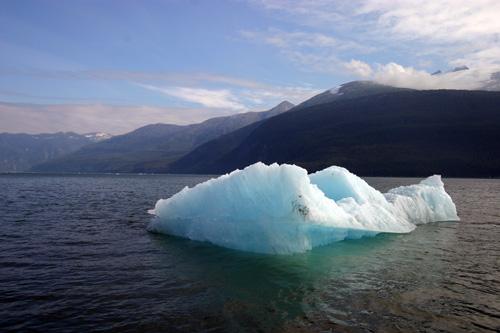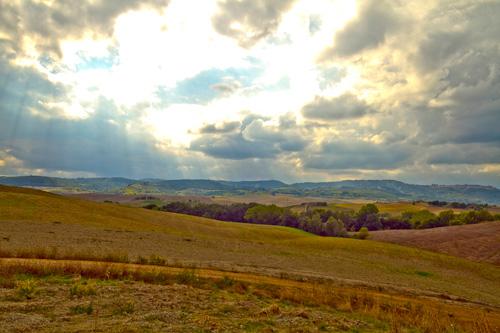7 Tips to Better Travel Photography
I like to take pictures. Sometimes we get paid to do it, but more often it’s just because there’s something uniquely special about capturing a moment in time. Never is this more rewarding than when traveling to a foreign destination. Everything is different, and capturing the memory through photography is both fun and more difficult than you’d think it would be.
Since Kim and I just returned from two weeks in Italy, I thought it would be interesting to share some things we’ve learned along the way. This is by no means an extensive list, but had someone stressed these in my first travels, I know the shots would have been even better.

1. Take twice the batteries and memory that you need
Don’t assume you will have access to power or memory cards. This was most evident during our honeymoon in the south of France. About halfway through the trip the camera battery was almost dead and there were no power adapters in sight. Also, if you’re shooting in RAW format, then you will eat up memory. We took about 1200 pictures in Italy. That’s quite a bit of storage!

2. Shoot in RAW
Your photos can be so much better if you give them as much information as possible. RAW is an uncompressed format. You’ll have to spend some time with the photos later on, but it’s much easier to clean up a bad exposure or bring out some color if you have the RAW file. JPG is a compressed format, allowing the camera to make color decisions for you. Software can’t beat your own taste.

3. Look to capture the moment, and not necessarily the “postcard” picture
Every once in awhile, it pays to point the camera away from where the crowds are pointing theirs. When you get home, you’ll notice the postcard pictures are probably the more boring ones. You’ll never catch the feelings, the smells, the vibe of a place, but I guarantee that your memories don’t necessarily match up with the big landmarks all the time. Remember you’re capturing a moment in time. People who see your photos will be bored at the ones they’ve seen already.

4. You don’t need the most expensive camera, but If at all possible, use an SLR
Digital SLR cameras have much bigger sensors, allowing ridiculously better quality than a point and shoot. The little cameras have come a long way, but if you have aspirations of capturing an amazing shot, nothing is worse than having a low quality version of what could be a fantastic picture.

5. Protect your camera
I could lose all my baggage, clothes, and souvenirs, but I think I’d cry the most if I lost my camera or my memory cards. Those pictures are probably the only things you can never replace.

6. You don’t have to be in every picture
Part of taking pictures while you’re traveling is the joy of sharing where you’ve been with your friends and family. Betty White summed it up on Saturday Night Live when she said that viewing vacation pictures used to be a punishment. You’ll have many more interesting photos with a good balance of capturing the moment with shot of yourself in front of the Eiffel Tower. You can break this “rule” when using a person as a frame of reference.

7. Time of day is important
The hours of sunrise and sunset are referred to by photographers as the “Golden Hour”. The light is never better than during this time. Clouds also help, because the scattered light gives landscapes a nice colorful contrast.
If you want to learn more, I recommend Travel Photography: A Guide to Taking Better Pictures as a starting point.
Travel safe, and have fun!

Related Posts
Reel Stories: A Photography Project Exploring Inclusivity in Fishing
By: Zoe Cope on 7/14/2023
Find out how we captured diverse fishing experiences across Florida and Kentucky with a mighty team of five.
Read More »How to Make Your New Photos Look Vintage
By: Mitch Wiesen on 9/1/2020
I’ve always been drawn to the warm, friendly way film captures reality. I found my first analog camera, a Canon AE-1, sitting on a blanket at a flea market at age 14, and I was enamored.
Read More »

